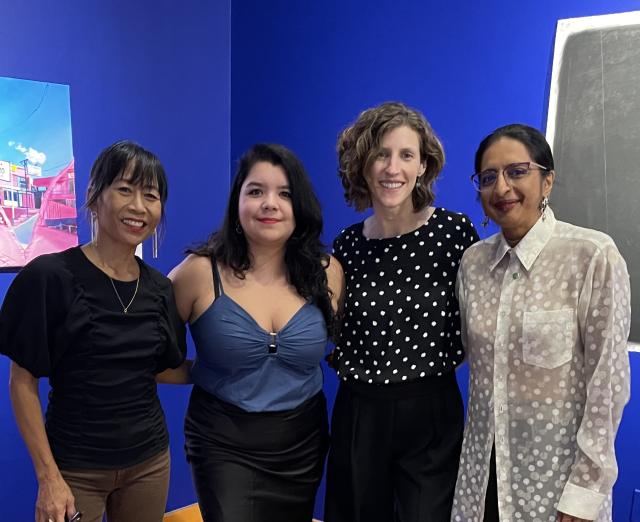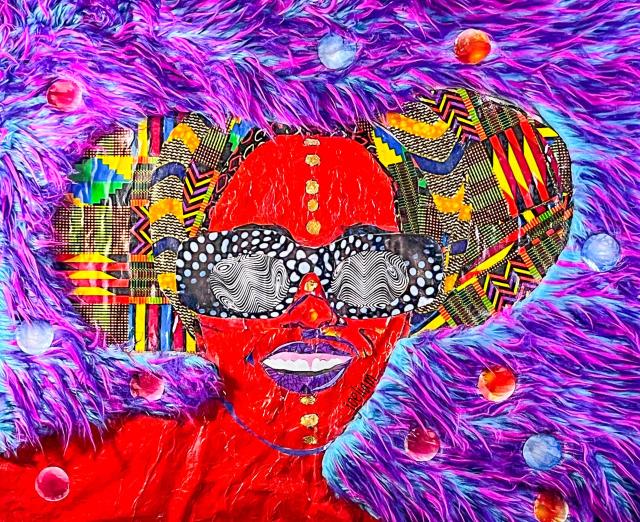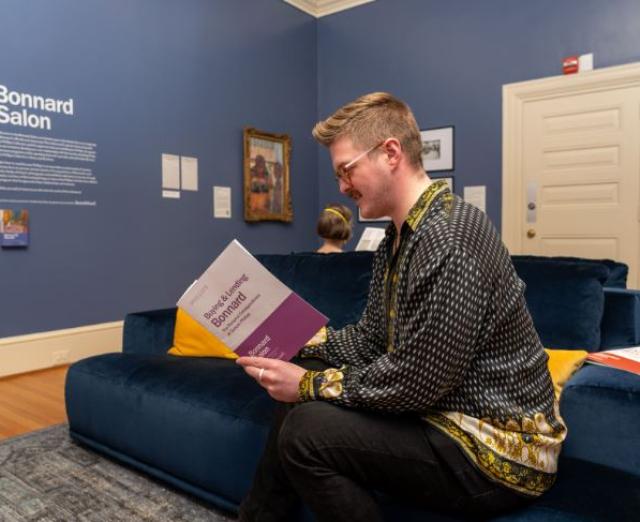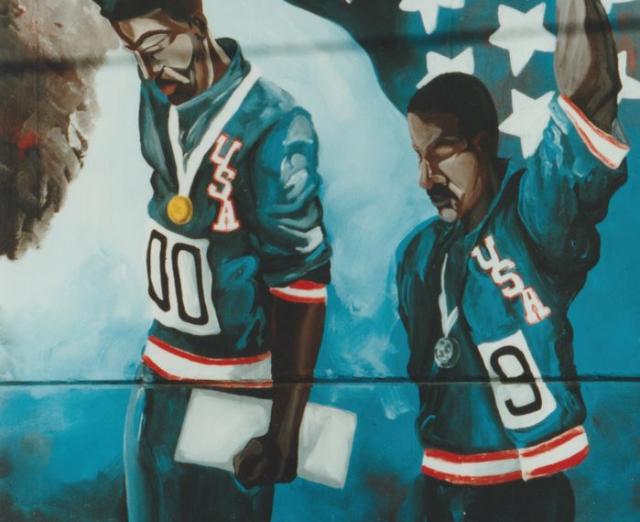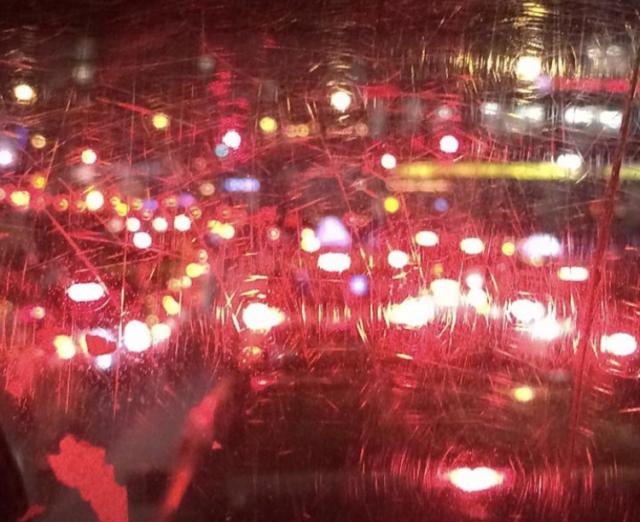Beyond the Cape: Redefining comics with Shawn Martinbrough
Education & Community Engagement, Exhibitions & Events
Chantel Bennett, Marketing and Communications Spring 2025 Intern, talks to comic artist Shawn Martinbrough about his exhibition at Phillips@THEARC, the importance of mentorship, and so much more.
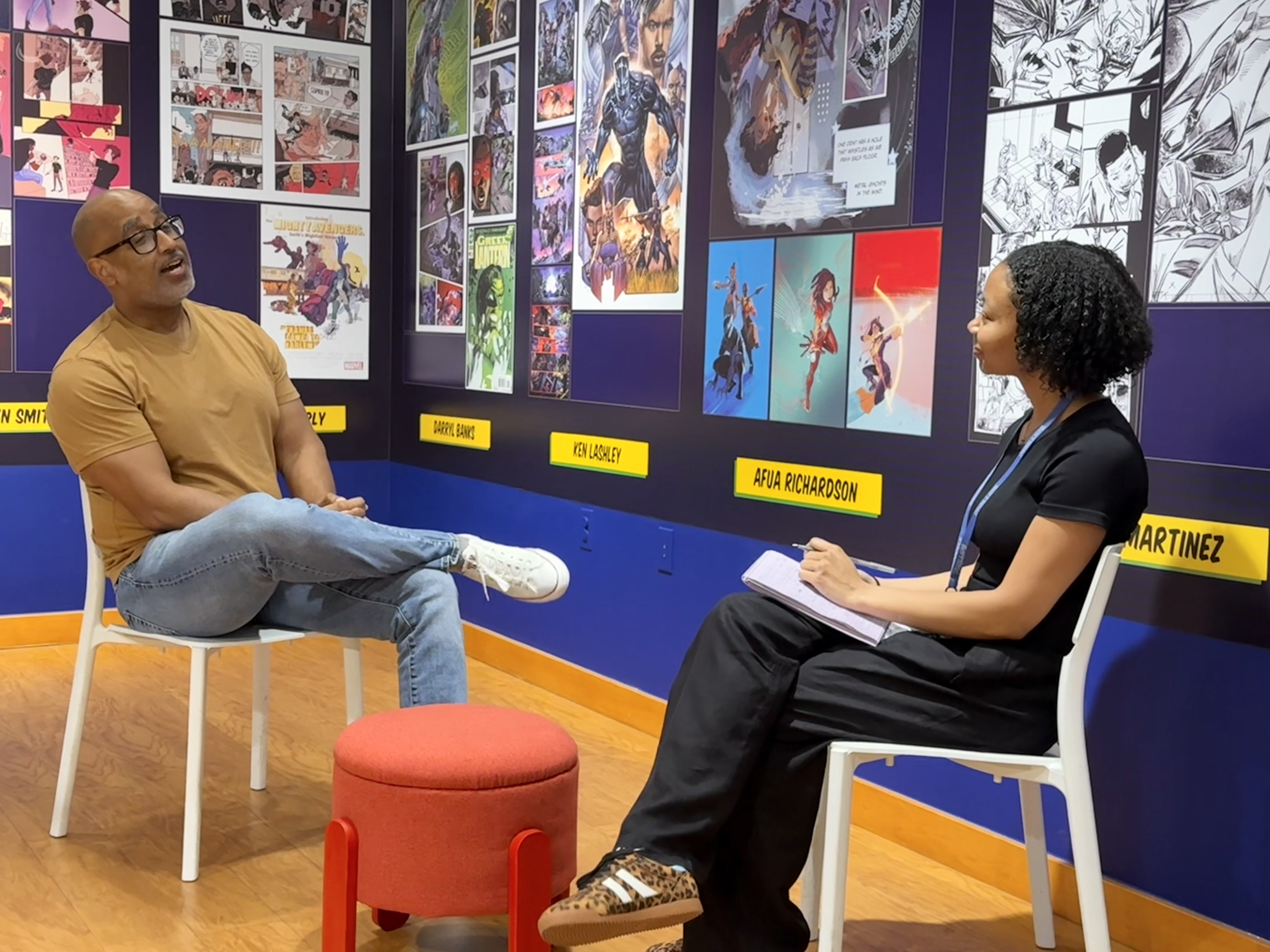
As an avid Marvel movie watcher, I love a good action sequence and I’m sucker for a good storyline. Some storylines just really know how to hit you in the heart, with characters you see yourself in, stories that give hope amid struggle, or moments that makes you go, “Wait was that a superhero movie or was this play about me?.”
And sometimes these stories do more than just reflect life—they teach it. Take “Judge Kim and the Kid’s Court,” a children’s book co-authored by comic book artist Shawn Martinbrough, Milo Stone, and Joseph P. Illidge. It follows a young Black girl who serves as a judge in her treehouse courtroom, teaching kids about conflict resolution and the basics of the judicial system in a fun and accessible way.
That’s what good storytelling does. It educates, empowers, makes space, and intrigues. And that’s what I felt when listening to Shawn Martinbrough talk about his process creating The Artist’s Experience: From Brotherman to Batman (on view at Phillips@THEARC through July 24). Martinbrough, known for his work on Luke Cage: Noir, Batman: Detective Comics, and Black Panther, emphasized that this exhibition is about celebrating an array of Black artists, each with their own unique perspectives and styles. Some are telling their own stories, some are building onto the stories of others—either way, you’re seeing a rich, complex narrative that reflects so much more than what’s on the page.
Hearing someone speak so thoughtfully about those who paved the way, as well as the admiration for those still to come, reminds me of the impact of leaving a legacy behind. It’s not just about the final work, but the people along the way. Martinbrough talked about the profound influence of mentors like Michael Davis and Gil Ashby (whom he first met when he was in high school and took their drawing classes), who not only helped shape his artistic eye but also taught him what art schools don’t teach.
“Gil was the purist,” Martinbrough explained, “He’d say, ‘Yeah, you need to know how to draw—anatomy, perspective, lighting.’ But Davis was all about the hustle,” snaps fingers. “This is a business, you have to network and understand that side.” Although art school was very impactful, it was lessons like those that gave him the tools to navigate the industry beyond the page. Davis introduced him to a network of professional comic book artists, many of whom Martinbrough grew up admiring. It wasn’t just exciting—it was affirming. “Seeing them in the flesh doing what I wanted to do made me realize, ‘Okay, I can do this.’”
That full-circle moment is what seems to fuel his commitment to the next generation of young artists. You can just feel it when he talks. When I asked Martinbrough what he hopes kids walk away with—whether they’re stepping into this exhibition or one of his workshops at THEARC—his answer was simple: “I want them to be inspired. If one kid walks in and is inspired to draw or paint or sculpt or write––then mission accomplished. I always say, ‘Art inspires art. Creativity inspires creativity.’ “
Along with trailblazers like Denys Cowan and Dawud Anyabwile, featured in the exhibition, who continue to pave the way, Martinbrough emphasized that these artists are “not just names.” They’re friends, mentors, and fellow storytellers. It’s not just a wall of recognition—it’s a living, breathing tribute. A celebration of pioneers who didn’t just shape the industry but shaped each other—and continue to light the path for the next wave of comic book artists.
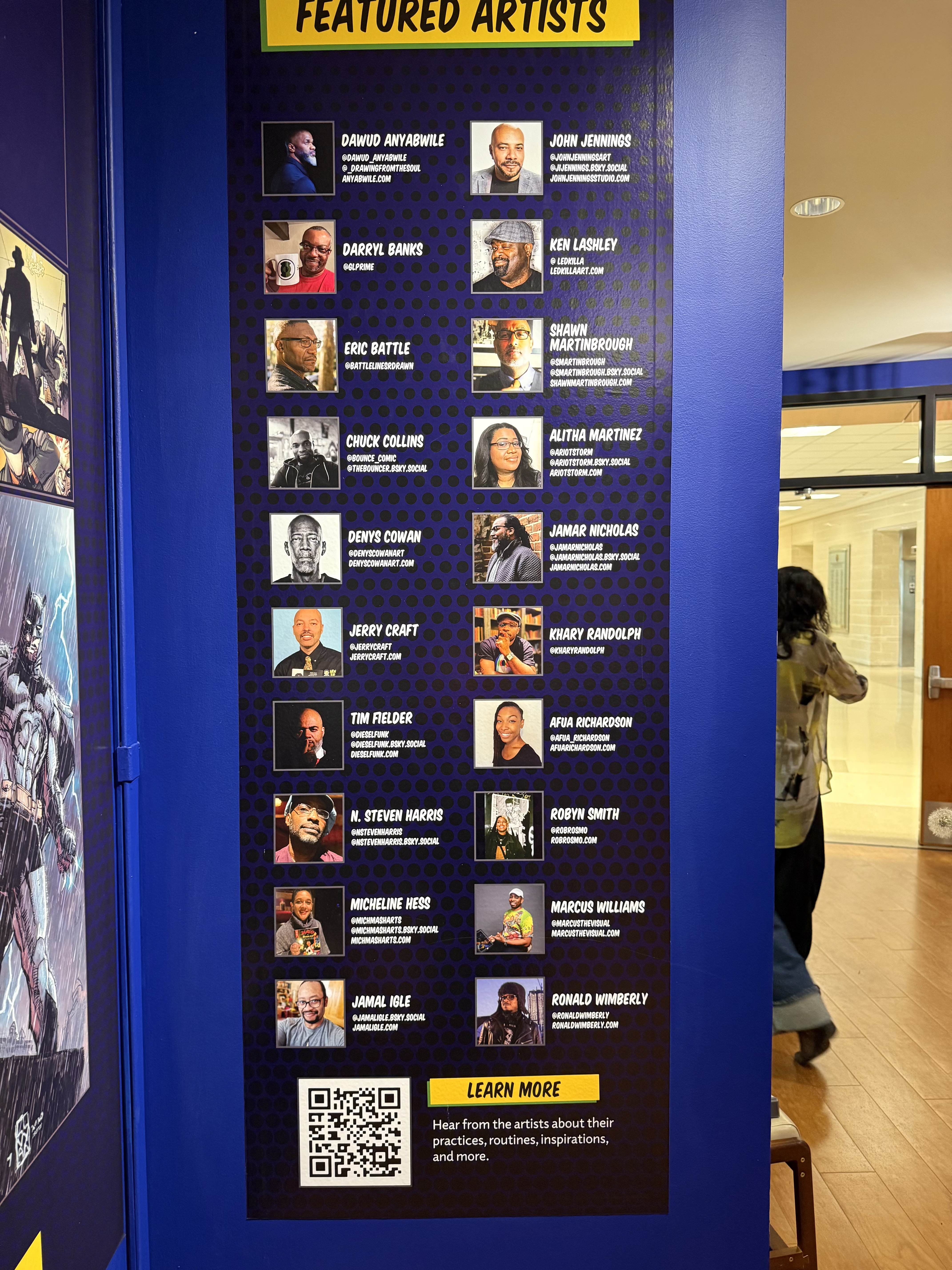
And he’s still hoping to inspire and hold room for those seldom represented in the world of comics. His latest DC comic book, Red Hood: The Hill does just that, bringing to Gotham a pair of Black twin sisters, Denise and Dana Harlowe. One is a Pulitzer Prize-winning journalist with her own nightly news show on one of Gotham’s top networks, while the other runs a small business by day and becomes a vigilante by night. “That was a really exciting project to write,” Martinbrough said, clearly passionate about the opportunity to craft layered, powerful Black women characters in a genre that has historically left them out.
To bring Denise to life, Martinbrough pulled inspiration from real women in journalism. He reached out to his friend ABC7 News journalist Adrianna Hopkins for insight on investigative reporting, and drew from his producer and friend Berlinda Garnett’s work behind the scenes at FOX29. As for a visual reference for Denise, Martinbrough sent artists Tony Akins and Sanford Green a photo of ABC7’s Michelle Marsh. If there’s a Netflix adaptation, sign me up—I’m ready to binge watch it.
That was another full-circle moment for him. “Back in 2000, I became the first Black artist to draw a regular, monthly Batman title, which was Detective Comics,” he said. “Former Batman editorial head Ben Abernathy invited me to write a Red Hood story,” he added with a smile. Now, 25 years later, he has returned to Gotham with Red Hood: The Hill. And then recently, Martinbrough received an acknowledgement in the end credits of the final episode of the new HBO series The Penguin. “That’s really wild,” he said. “To think that something I did I 25 years ago—drawing Batman, co-creating characters for DC Comics ended up being in a television show. It’s official now.”
While the exhibition originally debuted at the Society of Illustrators in New York, its journey to DC came from an unexpected conversation. “I met Laylaa Randera, Manager of Community Projects at THEARC, during a talk I was giving at THEARC,” Martinbrough recalled. “She asked to know more about the exhibition and said she would love to do something at THEARC.’ And I was like, ‘Of course!’“ That simple exchange sparked a reimagined version of the exhibit—one uniquely shaped by and for the community. “The space is different, so our approach was different,” he said. “But they did an amazing job designing the layout to really tie everything together.”
Outside of writing, Martinbrough continues to mentor young artists. “I’m proud to do it—especially with an institution like The Phillips Collection and to do it here at THEARC, which is, you know, in the community,” he said. That partnership also includes hands-on workshops where he shares insight into comic book storytelling, character development, and empowers the next generation of artists to tell their own stories. He recently led a student workshop with Bishop Walker School for Boys which was inspired by his book Like Lava in My Veins and the exhibition.
Martinbrough’s journey and this exhibition aren’t just about comics—they’re about how stories connect us, inspire us, and open doors for those who’ll carry the torch next, proving that representation isn’t just important—it’s essential. Martinbrough reminds us that storytelling is a superpower, and the legacy he’s building is heroic in every sense of the word.
